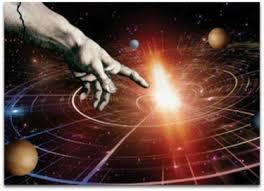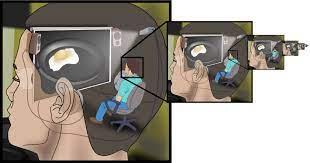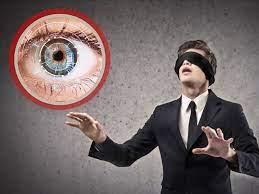I’m not one to take anything for granted. That includes existence itself.

It’s been observed that if some physics parameters, like the precise strength of gravity, were even slightly different, stars and planets (and humans) could not exist. As though the Universe were designed for us. This is called the “anthropic principle” arguing for a higher power — or the anthropic fallacy. The simple refutation is that if the Universe were not conducive to our existence, we wouldn’t be here to know it. And it’s reasonable to posit the Big Bang wasn’t some unique event. That universes are birthed repeatedly, with perhaps varying parameters; many stillborn. That ours has parameters enabling our existence is no surprise.

Yet as I experience the world, in all its dazzling complexity, I’m often struck by its seeming unlikeliness. That includes not only my own existence, but my ability to perceive it. I originally scribbled this sitting out on my deck surrounded by a visual phantasmagoria of foliage.
While reading a book by Charles Murray, Human Accomplishment. Largely a history. I was stopped by a chart of “Central Events in Physics,” listing one in Arabia in 1025 by Alhazen who, addressing the properties of lenses, “correctly states that the object seen is the source of light rays.”
In other words, photons. I thought to myself: So we see things because they spew out these particles that hit our eyes? All those leaves on all those trees in my constantly changing visual field are doing that, how many times per second? And how, pray tell, are these photons created? Is every molecule of matter somehow constantly manufacturing them? From what? Just so we humans can see them? Sounds like an absurd, ridiculously childish theory.*
Yet of course it’s science. (Amazing that that Arabian guy figured it out a thousand years ago.) I’m no physicist; maybe if I were it would make more sense to me. Maybe I don’t actually understand what I’m talking about here. But still, it does seem awfully strange.

Then there’s the problem of how we turn that bombardment of photons into visual images. Not so simple. Is there a little being in one’s brain (a “homunculus”) seeing the pictures as though projected onto a screen? That’s been called the “Cartesian Theatre” after philosopher Rene Descartes. But how would the homunculus see? Is there a smaller person in their head? And so on . . . .
No. But how does it work? How do our neurons process those signals to create what we see as a coherent visual picture? In fact, we do it even without photons — we can see pictures in our minds with eyes closed. Science does not actually have a solid explanation.

We started with the anthropic fallacy, concerning our existence. But imagine a physics that didn’t include this weird crazy thing we call photons. Actually very easy to imagine. And what seems even crazier is that we have brains that can convert photons into pictures. Without that — without vision having evolved — nothing like our kind of life could have developed. Blind people do function, but a blind species could never have built the kind of technological existence we enjoy.
So I don’t take it for granted. Rather, it seems practically impossible.

*A more plausible one might be our eyes sending out beams that come back with information. If this too seems silly, remember that bats navigate exactly that way, using sound pulses.
